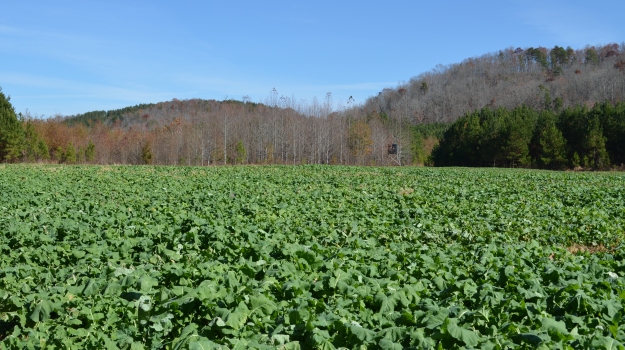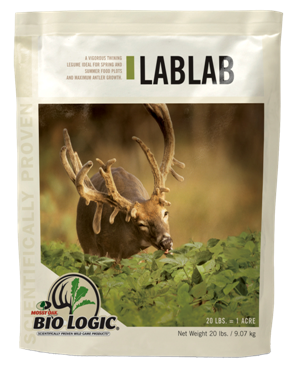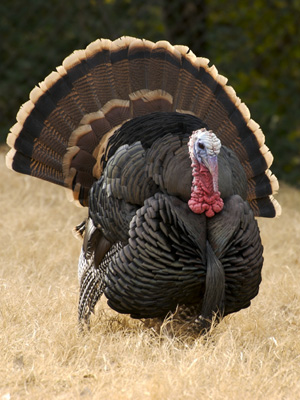with Austin Delano | R&D for BioLogic

Hunters have told me in the past, “We’d like to plant green fields, but we hunt in areas with dry, open land. Is there anything that we can plant that is fairly drought-resistant?” If you live in an arid area and want to plant a green field that will withstand high temperatures and little rainfall, I’d suggest planting LabLab. Remember that you need enough moisture in the soil to get the seeds to germinate and start putting down a strong root system. So, prepare your soils by doing a soil test, putting out the recommended lime and then watch the weather. Try and put in your LabLab plantings just before a rain occurs in the spring or early summer. LabLab is the most drought-resistant best summertime planting that you can put in the ground to produce food for deer in hot arid terrains. Lablab is a sub-tropical legume similar to a pea, but it’s a little more aggressively growing and seems to have more vines than a pea. LabLab is also high in protein as well as being high in phosphorous and calcium, which are the two main components needed for growing antlers. LabLab usually will continue to produce deer food until it’s hit by two hard frosts. LabLab will last longer than soybeans during the fall of the year. If you live in either the Mid or Deep South, you can hunt over LabLab often well into October.
 If you’re looking for a crop that will continue to grow and produce food for deer longer into the fall, I suggest Texas Draw, a planting designed for arid terrains or anywhere with tough growing conditions. Texas Draw is hard to beat and easy to plant, if you can get enough moisture in the soil to get the plants up and growing. This planting should last from the summer all the way into January and February.
If you’re looking for a crop that will continue to grow and produce food for deer longer into the fall, I suggest Texas Draw, a planting designed for arid terrains or anywhere with tough growing conditions. Texas Draw is hard to beat and easy to plant, if you can get enough moisture in the soil to get the plants up and growing. This planting should last from the summer all the way into January and February.
Another problem area for planting green fields occurs from the middle of the U.S. to the North with its short growing seasons. Deer have to dig through the snow to find something to eat. To solve this problem, Mossy Oak BioLogic has created two or three plantings for these areas. Maximum is one of our oldest blends that will hold up in the cold, tough winter temperatures and has five or six different types of rape and turnips that are very cold tolerant. If you live in Wisconsin or Minnesota, try and get this crop in the ground from the middle to the end of July. Then you’ll get a lot of growth out of these plants before winter sets in and starts to slow down the plant growth. If some plants really grow well in your soil, you should have knee-high plants by the time snow starts coming down. We’ve seen deer dig through multiple feet of snow to get to the bulbs at the bottoms of these plants.
Another early summer/late fall planting is our new Deer Radish, which is usually best for early season hunting in the North until about midwinter. However, this is very good mid- to late-season crop that produces food for deer even under heavy snow. You grow about the same amount of tonnage with Deer Radish that Maximum produces. However, the Deer Radish seems to be a little bit more attractive to the deer earlier in the season than Maximum is. So, if you have a fairly large field, I’d suggest planting Maximum in half the field and Deer Radish in the other half. The tops of Deer Radish will kind of wilt back, when the heavy snow hits it. But the radish at the bottom end of the plant still will be available for the deer. Often, the deer will dig down through the snow to get to the radish.
Day 3: Don’t Forget to Mow and Spray Herbicides
Tomorrow: Get a Prescription for What to Plant and When to Plant It for Your Specific Hunting Site






























